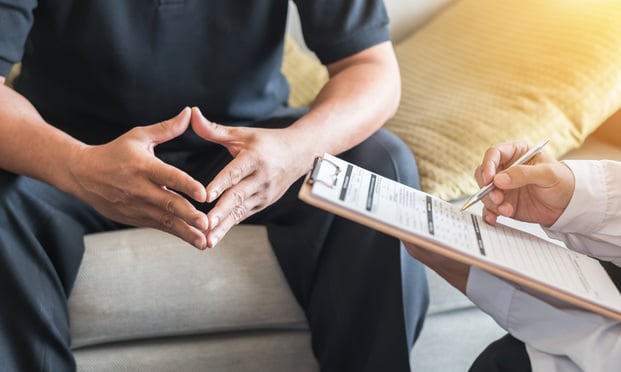There may not be many individuals with health savings accounts who use the investment option such accounts offer, but those who do contribute more, and their balances are larger.
Those are some of the findings from the Employee Benefit Research Institute (EBRI) HSA database, which revealed that in 2014, just 6.4 percent of HSA owners had used the investment option portion of their accounts.
The database also found that individuals contributed $2,636 annually on average to their HSAs when they had investments, but only $1,224 when they did not have investments. Interestingly, accounts with investments also had higher annual distributions for health care claims; they averaged $1,777 from HSAs with investments, and $1,293 from HSAs without investments.
But at the end of the year, balances in accounts that did not have investments only averaged $1,709, while accounts that did have them averaged $10,761.
Among the accounts with investments, 47 percent were opened between 2005 and 2008, compared with 8 percent among HSAs without investments. And HSA owners with investments are slightly older than HSA owners without them; the average age among the former was 48.5 in 2014, compared with 43 among HSA owners without investments.
Since people can use HSAs as a savings vehicle for health care expenses in retirement, and the accounts also provide account owners with a triple tax-advantage — contributions to an HSA reduce taxable income; earnings on the assets in the HSA build up tax free; and distributions from the HSA for qualified expenses are not subject to taxation — some people are finding it more advantageous from a tax perspective than saving in a 401(k) plan or other retirement savings plan.
HSAs don’t offer only advantages, of course — account holders may have to judge whether they’re leaving employer matching funds uncollected by switching their savings over to an HSA from a 401(k). In addition, to maximize the savings in an HSA to cover health care expenses in retirement, HSA owners need to pay the medical expenses they incur prior to retirement on an after-tax basis using money not contributed to their HSA. They may not have the money to do both. In addition, EBRI said, the investment options in an HSA may not be the same as those offered in a 401(k) plan — something else account holders have to consider.
© 2025 ALM Global, LLC, All Rights Reserved. Request academic re-use from www.copyright.com. All other uses, submit a request to [email protected]. For more information visit Asset & Logo Licensing.







